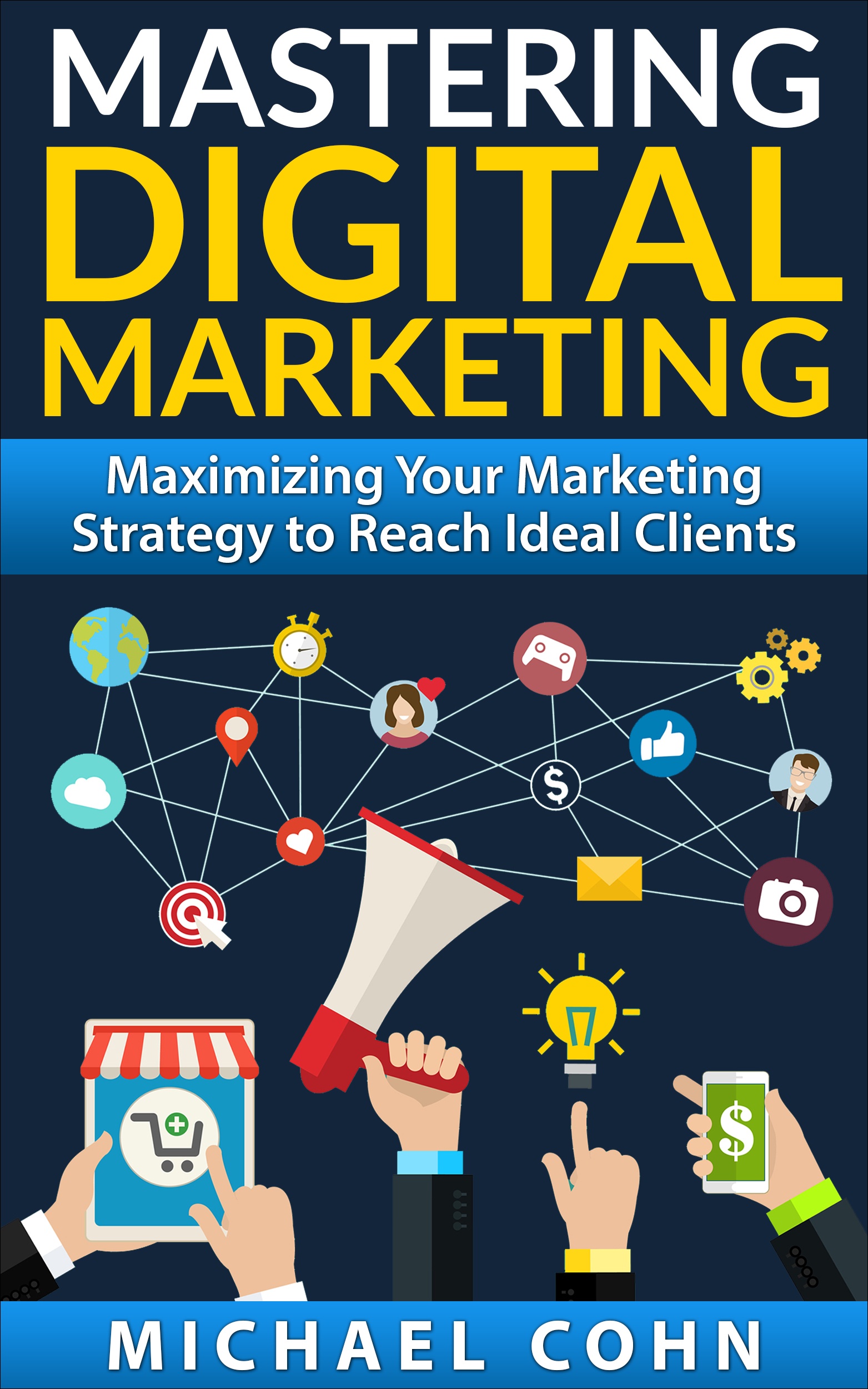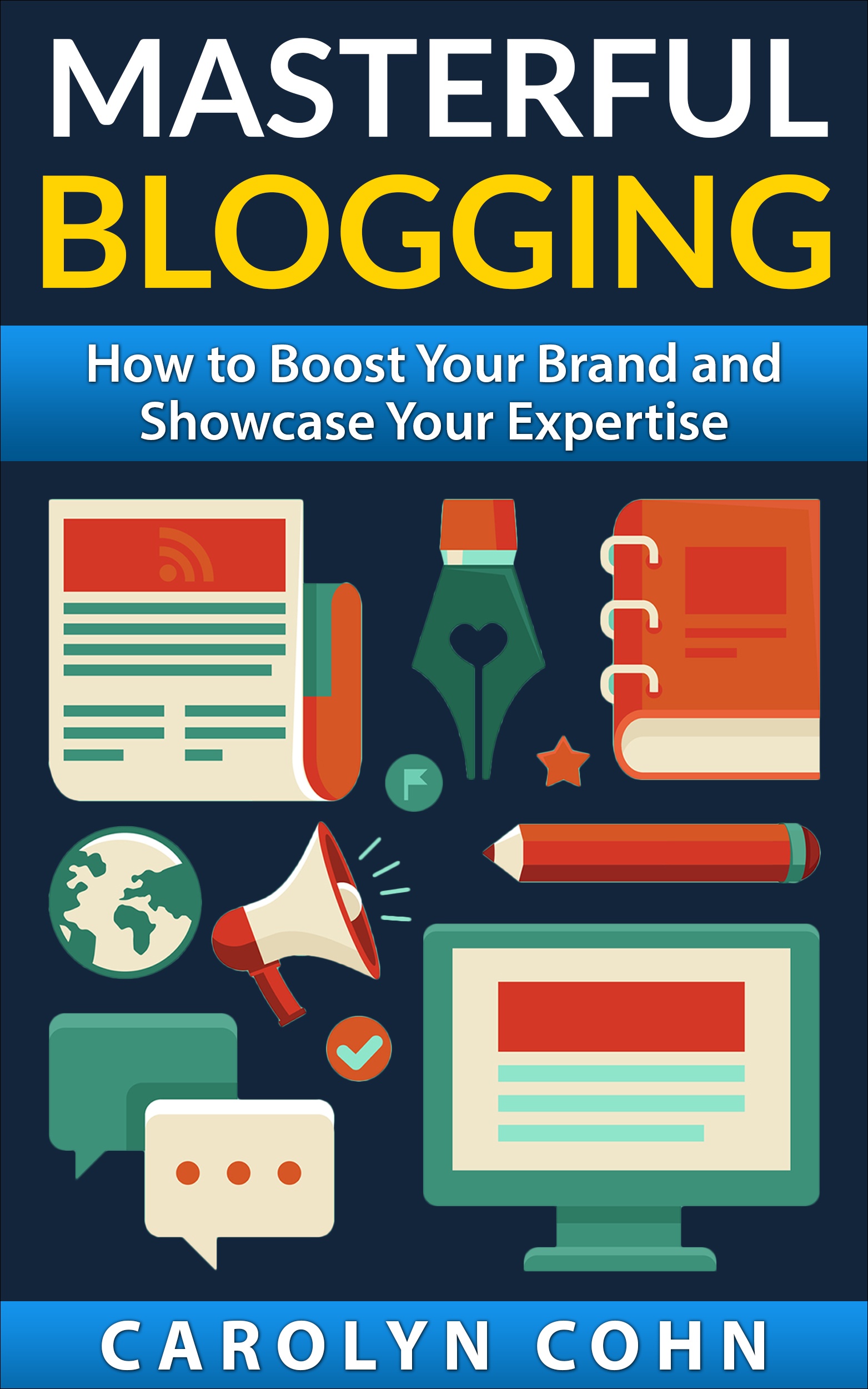Honing Your Social Media Calls-to-Action

When you post an article and you have a call-to-action at the bottom of the post (or somewhere else in the post), it is important to measure if your readers are reading that call-to-action and complying with whatever you are asking your readers to do.
The strongest call-to-action
In the first place, it is important to have a good sense of using the most effective call-to-action. Once you have been able to accomplish that, it is equally important that you ask your readers for something that will be of some value to you and your business. You need to be very specific when you ask your readers to do something. If you are not clear, there is a good chance that they will either be unwilling or unable to do what you want them to do. If you feel that your call-to-action is not achieving the results that you would like, there are ways that you can improve upon what you have and get your readers to give you what you need.
| We’re psyched about our LinkedIn Company Page. Come take a look, and please follow us! |
-
Ask for what you want: Your call to action should entice and engage your readers so that they start to build a relationship with you and you with them. It is extremely important to remember how delicate the balance can be when you are in the early stages of your relationship together. If your requests to your readers become difficult at any turn in your relationship building, there is a good chance that they will not continue to build the relationship with you. That is a chance that you should not be willing to take. Of course, it is important to understand that if you want something from your readers, you will have to give them something in return. You need to offer them an incentive that is appealing enough for them to go for it. You can offer them a discount on your offerings, offer them an eBook or white paper full of valuable information, or some other incentive that will appeal to them.
-
You need to be irresistible: As you are considering what you want to give to your readers and what you want them to give to you, you also need to establish the hook that will keep them with you. If you are going to succeed at enticing them, you will need to subscribe to the marketing philosophy, WIIFM (What’s In It For Me?). In other words, it doesn’t matter how wonderful you and your business are. All that matters is that you are able to solve your readers’ problems. If you are able to accomplish that, they will become loyal to you and your business and your relationship will deepen.
-
Inspire your readers to jump into action: Your content is critical to your business’s success and that not only includes your messages within the content but it also includes what your content looks like on the outside. In other words, it also includes formatting, grammar, punctuation, spelling, sense and flow. Your attention to detail is very important and people will notice if your content contains errors of any kind. If it does, that is a screaming statement about your apathy for what you are doing. You know that you are not apathetic but you need to make sure that you never give anyone that perception. Part of the physical appeal of your content is the relevance of your content. It needs to fit your readers needs and the platform that you are using. Another important feature is the idea that your call-to-action is visually appealing. When it comes to offering your readers an incentive, make sure that you communicate that the incentive will only be available to them for a short time. Otherwise, they may take you for granted. It is important to remember not to offer your reader too many choices when it comes to incentives. A maximum of two or three should work well. It is also a good idea not to limit the placement of your call-to-action to one place. You can place it in different spots on your page. Finally, make sure that you give your readers the ability to do some social sharing with your content.
-
Pay close attention to analytics: It is critical for you to test all parts of your call-to-action. If you don’t test, you won’t have any idea how you are doing and if you don’t know how you are doing, you won’t have any way of understanding how you can improve upon what you have offered already. When it comes to the actual testing, you should check the text on the buttons in your content, evaluate the visual appeal of your content, look carefully at the graphics for appeal, consider the size of your call-to-action, and think about whether your call-to-action is placed optimally.
Conclusion
There is a great likelihood that you have had a call to action in your content for a long time already. However, just like the rest of your content, it is essential that you continue to evaluate whether it is still working for you and your business or if there are ways to make it work better. Just like with everything in life, there is always room for improvement. There are many different calls-to-action and you can customize yours to fit your readers and their needs. Your call-to-action is one of the most important elements of your content and it is important that yours is exactly what it needs to be.
[signoff][/signoff]



+Charlene Christiano via Google+
Split testing which call to action works best gives valuable insights to what works and what doesn’t.